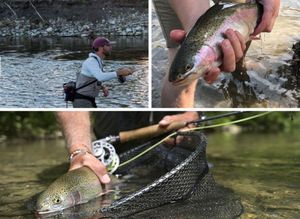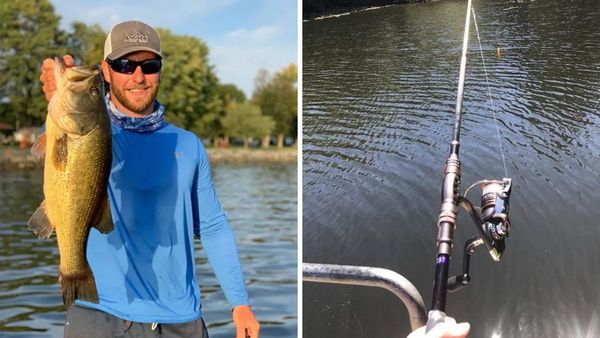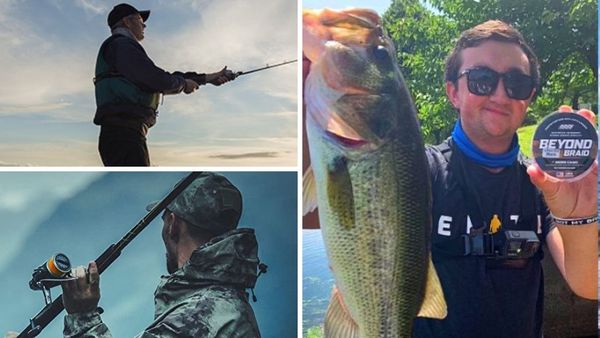Hey there, fellow kayak fishing aficionados! If you're like me, you relish the opportunity to hit the waters of Maryland during winter, casting lines for pickerel, largemouth bass, and crappie. Unlike the icy grip of Midwestern winters, our region offers the chance to enjoy our passion year-round. But, let's not forget that keeping our gear in tip-top shape is just as important as the thrill of the catch!
Keep Your Kayak Fishing Gear in Prime Condition
Dreaming of uninterrupted kayak fishing throughout the chilly season? Regular maintenance is your best friend to ensure your equipment is always ready for those unexpectedly mild days.
As the calendar flips to December, I'm already prepping for the season ahead, despite still spending plenty of time on the water. Summer fishing can take a toll on your gear. You might notice a bit of rust on your pliers and hemostats, a squeaky reel, or some well-loved baits. And let's not forget about the kayaks themselves...
Winter is the perfect time to dive into that angler's to-do list you've been neglecting during the sunny days of summer. Especially on those super cold, blustery days when the water's allure just isn't enough to coax you outside. Here's a handy checklist to get you started:
Fishing Kayak Maintenance Checklist
- Inspect your kayak's hull for wear and tear, and give it a good cleaning to remove any dirt or grime.
- Examine your pedal system thoroughly, making necessary adjustments or repairs. Don't forget to lubricate any joints and gears.
- Clean your depth finders, check the batteries, and replace them if they're not up to snuff. Pro tip: remove batteries if you're not using your gear often over winter.
- Tweak your steering system cables, ensure your rudder is aligned correctly, and apply lubricant to those essential pivot points.
- Give your seat a once-over, repairing or replacing any damaged fabric, straps, or adjustment mechanisms.
Additional Gear Maintenance Must-Dos
- Lovingly wipe down and lubricate your reels.
- Replace any fishing line that's seen better days and swap out old leaders.
- Grab a soft cloth and clean your fishing rods, paying close attention to the guides for any signs of wear, making repairs as needed.
- Use some steel wool to lovingly clean your pliers, hemostats, and braid scissors, banishing any rust. A drop of oil at the joints can work wonders.
- Inspect hard-bodied baits for cracks, check the sharpness of hooks, and look out for rust on spinnerbait blades.
- Organize and spruce up your tackle storage boxes for easy access.
I keep my tackle in a climate-controlled area to protect it from the elements. My fishing rods rest in rod holders because leaning them against a wall could warp them over time. If I'm storing rods and reels for a while, I remove the bait, wind up the line, and ensure there's no tension on the reels.
My baits are sorted into tackle storage boxes by type—freshwater hard baits in one, jigs in another, and so on. I keep saltwater baits separate from freshwater ones, and soft plastics stay in their original packaging, sorted by type and color.
If DIY maintenance isn't your thing, or you're pressed for time, your local tackle shop is a fantastic resource for repairs and line replacement. The offseason is also a great time to support these local businesses by stocking up on replacement baits and exploring their other offerings.
And when the weather is just right... go fishing! Remember, every cast you don't make is a potential catch missed—even in winter!
So, let's keep our gear in great shape and our spirits high. Here's to many more successful winter fishing adventures!






